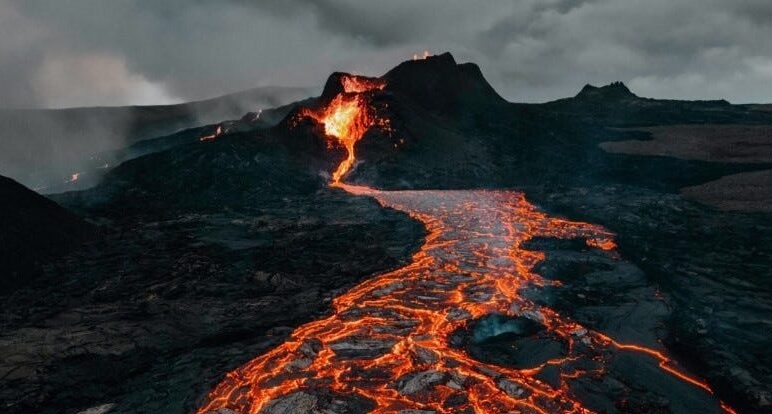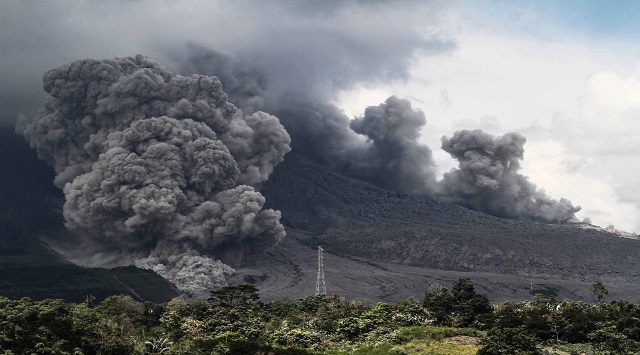
There are urgent calls for improved safety measures in active volcanic zones, but Indonesian rescue teams are facing challenges in the wake of the volcanic fury. There was a recent volcanic eruption in West Sumatra of Mount Marapi, the infamous Fire Mountain of Indonesia and Java.
Tragically, rescuers found the bodies of 11 hikers as a result of this incident, while 12 climbers were still unaccounted for. Many trekkers and locals who lived on the mountainside were evacuated on Sunday because to the eruption.
Concerns were raised when the volcano erupted, sending out a three-kilometer column of ash, prompting authorities to declare the third-highest alert level. For safety, an exclusion zone was created around the crater.
The Padang Search and Rescue Agency’s Abdul Malik gave specifics about the circumstances. There were seventy-five hikers on the peak as of Saturday, and efforts were on to get them down. Regretfully, the search party found 14 of the 26 individuals who were still on the mountain. Sadly, three survivors were found alive, while the other eleven were found dead. The difficulties encountered throughout the rescue effort serve as a reminder of the dangerous circumstances brought on by the eruption.
The ongoing search for the missing climbers was forced to be momentarily halted on Monday due to a minor explosion. This increased the risk to the rescuers and anyone who were remained on the mountain. Volcanic activity’s unpredictable nature makes rescue efforts especially difficult and highlights the necessity for caution.
The chief of the West Sumatra Disaster Mitigation Agency, Rudy Rinaldi, revealed that burns from the extreme heat produced during the eruption were the main reason for the medical attention being given to some of the hikers who were rescued. The wounds that survivors received highlight the hazardous effects of volcanic eruptions, which go beyond the immediate dangers posed by lava and ash.
Also read: 20 vital mineral blocks, including the reserves in J&K, are up for auction.


At 2,891 meters, Mount Marapi is thought to be Indonesia’s most active volcano. Regular eruptions have occurred there since 1548. Because of the convergence of tectonic plates, the region’s geological features—being located in the Pacific Ring of Fire—contribute to increased seismic and volcanic activity. In order to manage the dangers associated with living in such locations, it is imperative that authorities and citizens have a thorough understanding of the geological environment.
The horrific event serves as a sobering reminder of the unpredictability of volcanic eruptions and the necessity of being ready and leaving in a timely manner. When it comes to creating alert systems and evacuation strategies to protect communities living close to active volcanoes, authorities are essential. Given the dynamic nature of volcanic events, these strategies require ongoing monitoring and adjustment.

































































































































































































































































































































































































































































































































































































































































































































































































